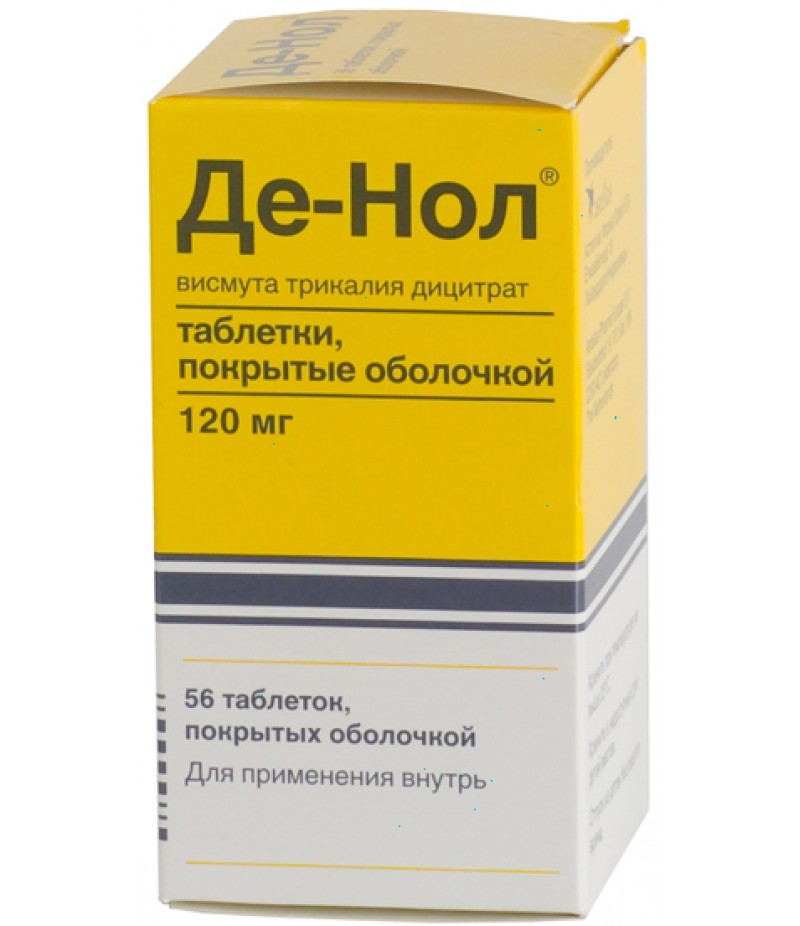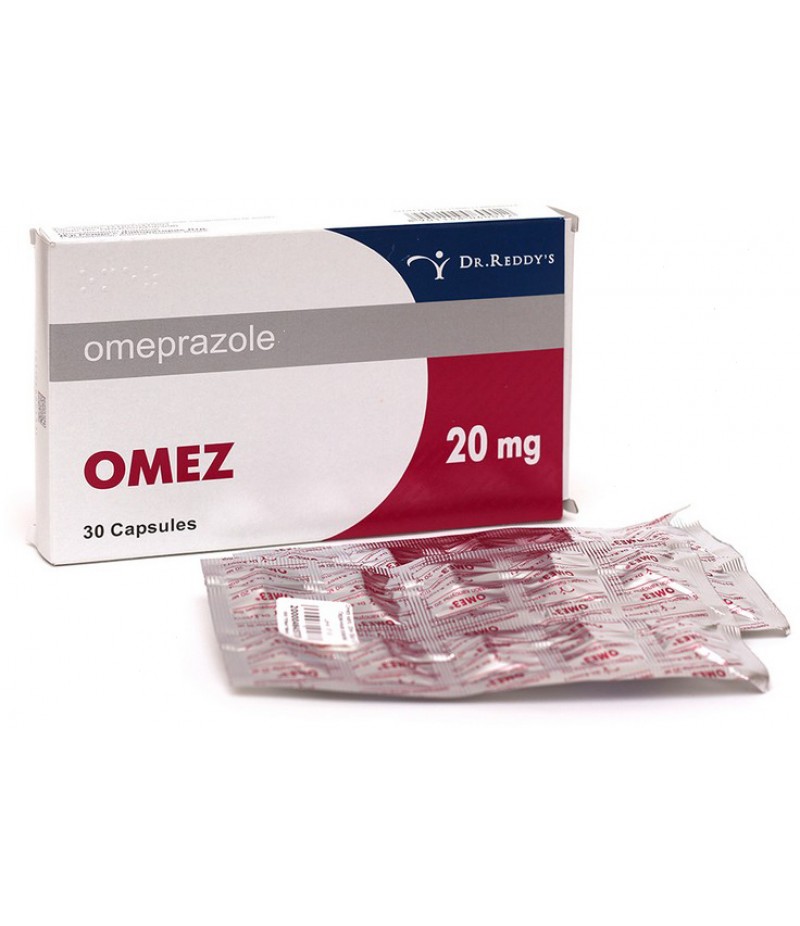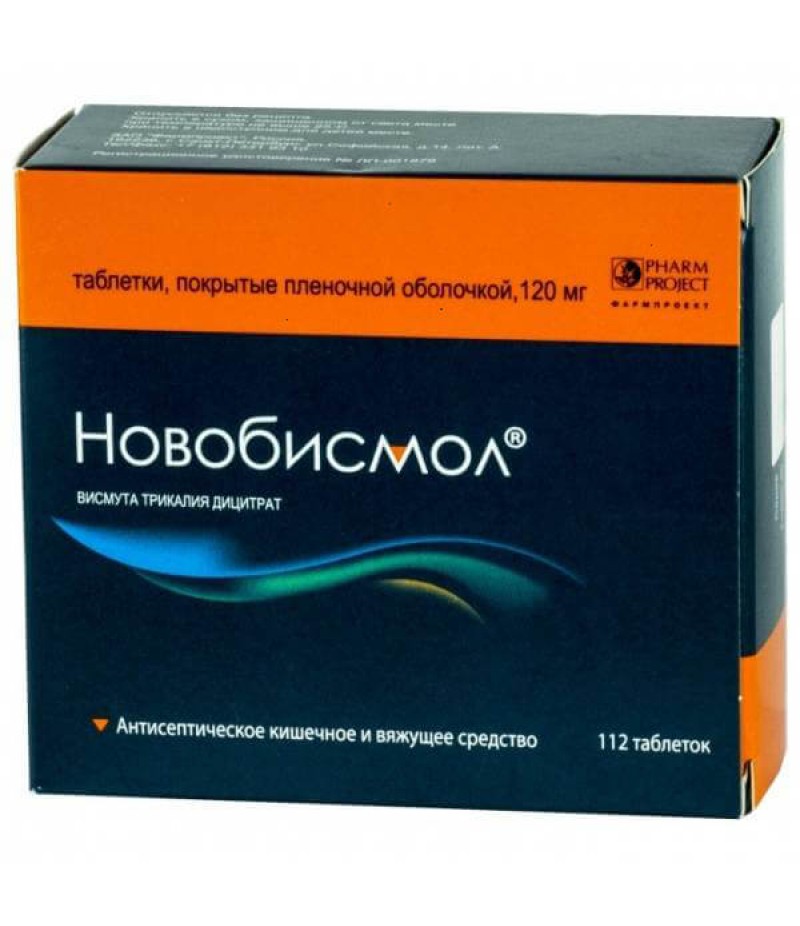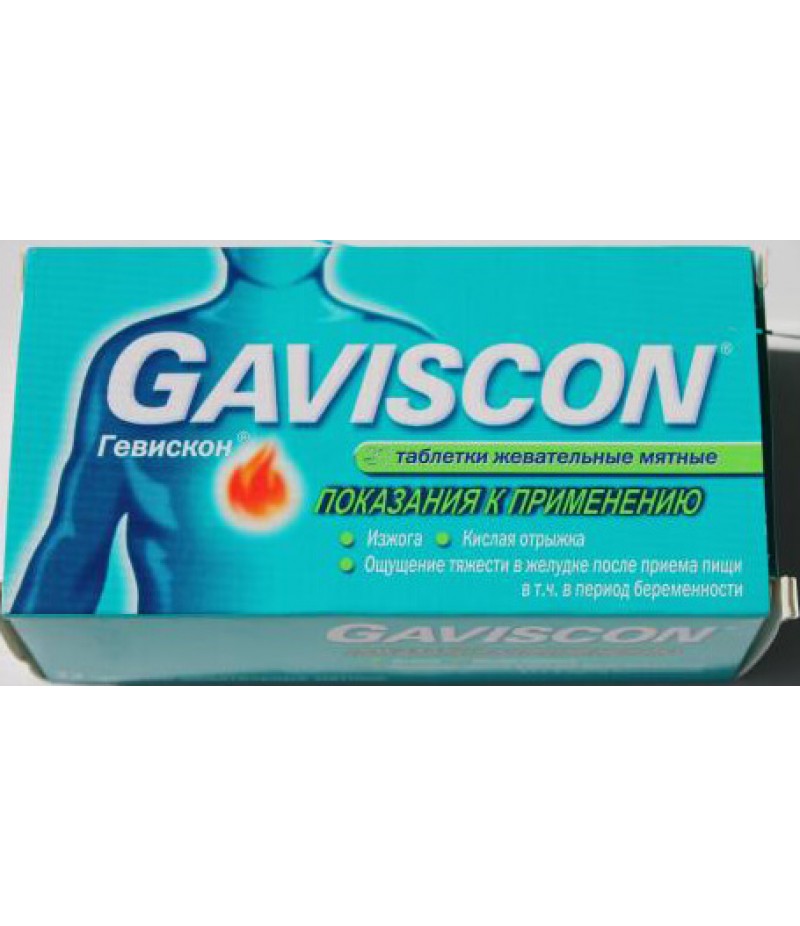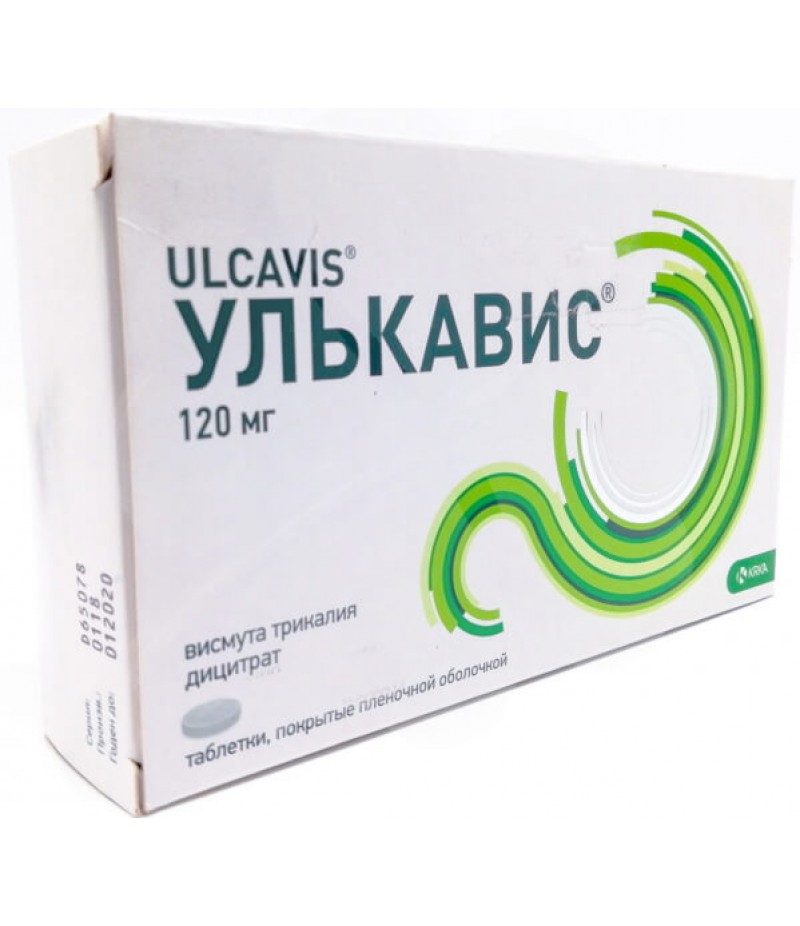De-Nol (Denol) 120mg #56
- $22.27
- 3 or more $19.80
- Availability:In Stock
De-Nol user manualReed more about De-Nol and buy it hereYou can also buy De-Nol #112 pills, just contact us!CompositionDe-Nol consists of 304.6 mg of bismuth tricalium dicitrate (equivalent to 120 mg of Bi2O3), as well as polacril..
Tags: tabs
De-Nol user manual
Reed more about De-Nol and buy it here
You can also buy De-Nol #112 pills, just contact us!
Composition
De-Nol consists of 304.6 mg of bismuth tricalium dicitrate (equivalent to 120 mg of Bi2O3), as well as polacrilin potassium, povidone K30, corn starch, magnesium (Mg) stearate, macrogol 6000.
The composition of the tablet shell: hypromellose 5 mPas × s and macrogol 6000 (Opadry OY-S-7366).
Form of issue
A biconvex, round-shaped tablet in a film shell with an impression of "gbr 152" on one side and a graphic image in the form of a square with rounded corners and interrupted sides on the other. The color of the tablets is white with a cream shade, the smell is light ammonium (may be absent).
Tablets are packaged in blisters of 8 pieces. In one box of cardboard can be 56 or 112 tablets.
pharmachologic effect
The preparation is bismuth. Has antibacterial, antiulcer and gastroprotective effect.
According to the information presented in Wikipedia, bismuth subcitrate in the "Pharmacological index" is included in the group "Antacids and adsorbents".
Pharmacodynamics and pharmacokinetics
Вismuthate tripotassium dicitrate is characterized by a multifaceted action, due to which the De-Nol medicine influences all the links of the origin and development of peptic ulcer.
The astringent effect is due to the ability of bismuth subcitrate to precipitate proteins by forming chelate complexes with them. As a result, a protective film is formed on the surface of the ulcerous parts of the gastric mucosa and the 12-colon, which excludes the possibility of the harmful effect of the acidic environment of the stomach on the affected mucosa. This in turn contributes to a faster cicatrization of ulcers.
De-Nol exhibits bactericidal properties against the Gram (-) bacterium Helicobacter pylori. This effect is based on the ability of the active substance of the drug to suppress enzymatic activity in the microbial cell, to disrupt the microstructure and permeability of its membranes, as well as the course of vital intracellular processes, to reduce the mobility and virulence of microorganisms, and their ability to adhere. All of the above leads to the death of microorganisms.
An important feature of the drug and its difference from other drugs used to treat Helicobacter pylori is that no strain has been identified that is resistant to bismuth subcitrate.
The substance is very well soluble, so that the drug penetrates deeply into the mucus layer and inactivates microorganisms under the mucous membrane.
Thus, the use of De-Nol tablets can reduce the likelihood of recurrence of peptic ulcer.
The gastro-cytoprotective effect of the drug is based on the stimulation of the production of prostaglandin E2 by the body; improvement of microcirculation in the mucosa of the antrum of the stomach and 12-colon; a decrease in the amount of hydrochloric acid; inactivation of pepsin due to the fact that this digestive enzyme forms complex compounds with bismuth sub-citrate.
Bismuth subcitrate after oral administration is not practically absorbed in the digestive tract. An insignificant amount of substance can enter the systemic bloodstream, and its plasma concentration increases with prolonged use. Eliminates bismuth subcitrate with the contents of the intestine.
Indications for use of De Nol
Indications for the use of De Nol are erosive and ulcerative lesions of the gastric mucosa and 12-colon.
In particular, the drug is prescribed for gastropathies, which are a consequence of the intake of NSAIDs or alcohol; gastroduodenitis and gastritis (including if the disease is chronic or associated with Helicobacter pylori); with an aggravated stomach ulcer and 12-colon (including if the disease is associated with Helicobacter pylori); with IBS (irritable bowel syndrome), as well as with functional dyspepsia, which is not associated with organic gastrointestinal lesions.
In some cases, it is considered appropriate to use De-Nol in pancreatitis (especially with biliary disease). The drug is prescribed in complex therapy to eliminate gastroduodenostasis (hypomotor dyskinesia of the intestine), which is often noted in the chronic form of the disease.
Contraindications
The drug has contraindications. It is forbidden to appoint De-Nol:
patients with decompensated renal insufficiency;
pregnant women;
women who breastfeed;
children under the age of 4;
with increased sensitivity to bismuth subcitrate or the auxiliary components included in the tablets.
Side effects
Side effects of De-Nol on the part of the digestive organs are manifested by nausea, vomiting, constipation or frequent stools. These phenomena do not pose a threat to the health of the patient and are of a transient nature.
In some patients, the side effects of treatment may appear as hypersensitivity reactions (eg, skin itching or skin rashes).
Long-term use of the drug in high doses can cause the development of encephalopathy, caused by the accumulation of bismuth in the central nervous system.
De-Nol tablets: instructions for use
The manufacturer in the instructions for the use of De-Nol indicates that patients over 12 years of age should take 4 tab. / Day.
There are two alternative ways of using De-Nol:
one tablet four times a day;
two tablets twice a day.
Tablets take half an hour before meals. Drink them with a small amount of water.
How to take De-Nol to children?
In accordance with the instructions for the use of De Nol, children over 4 years of age, the optimal dose of the drug is calculated by the formula of 8 mg / day. per 1 kg of body weight. Thus, depending on the weight of the child, the daily dose can be from 1 to 2 tablets. In this case, it should be as close as possible to the calculated (8 mg / kg / day). You can take the medicine once, but you can divide it into two groups.
Children older than 8 years are recommended to take twice a day for 1 tablet.
The duration of the course is from four to eight weeks. After completing treatment for the next eight weeks, you should avoid using bismuth-containing medications.
For what to drink and how to drink D-Nol for diseases associated with H. pylori?
De-Nol is characterized by the ability to accumulate in the cells of Helicobacter pylori bacteria, which leads to the destruction of their cytoplasmic membranes and the death of microorganisms.
This, as well as the property of bismuth subcitrate, dissolves well in the gastric or duodenal mucus and prevents the adhesion of H. pylori to the epithelial tissue of the gastrointestinal tract, makes it possible to use De-Nol in various schemes for the destruction of these microorganisms.
Specialists are inclined to believe that the additional inclusion of the drug in the eradication scheme helps to increase its effectiveness without increasing the frequency of development and the severity of adverse reactions.
Frequent use of antibacterial drugs and the widespread use of anti-Helicobacter therapy have caused doctors to notice a significant increase in the number of patients with antibiotic resistant H. pylori strains. Therefore, to solve the problem of eradication, treatment schemes are included, in which reserve funds are included.
The patient can often be prescribed De-Nol and omeprazole, metronidazole, clarithromycin or furazolidone.
The manufacturer has published the following schemes for the destruction of H. pylori:
240 mg of bismuth sub-citrate (De-Nol) twice daily for 30 days + 400 mg of metronidazole and 500 mg of Flemoxin solutab three times a day for a week (eradication - 81%);
120 mg of bismuth subcitrate, 500 mg of tetracycline and 400 mg of metronidazole, four times a day by a weekly course (eradication - 89%);
240 mg of bismuth subcitrate, 400 mg of metronidazole and 250 mg of clarithromycin twice a day with a 10-day course (eradication - 95%);
240 mg of bismuth subcitrate twice a day, 500 mg of Flemoxin solutab, 100 mg of furazolidone four times a day by a two-week course (eradication - 86%);
240 mg of bismuth subcitrate, 200 mg of furazolidone and 750 mg of tetracycline twice a day by a weekly course (eradication - 85%);
240 mg of bismuth subcitrate, 100 mg of furazolidone and 250 mg of clarithromycin twice a day by a weekly course (eradication - 92%);
240 mg of bismuth subcitrate, 1000 mg of Flemoxin solutab and 250 mg of Clarithromycin twice a day by a weekly course (eradication - 93%);
120 mg of bismuth subcitrate, 250 mg of clarithromycin and 250 mg of tetracycline four times a day with a 10-day course (eradication - 72%);
for 120 mg of bismuth subcitrate and 500 mg of Flemoxin solutab four times a day and twice daily for 20 mg of omeprazole with a two-week course (eradication - 77%);
120 mg of bismuth subcitrate four times a day, 500 clarithromycin and 40 mg omeprazole twice a day for a week (eradication - 83%).
The problem of destruction of H. pylori strains resistant to the action of metronidazole, with the least cost, allows to solve the use of the drug De-Nol in combination with furazolidone.
The most effective from a clinical and economic point of view is considered to be the "bismuth subcitrate + amoxicillin + furazolidone" scheme.
The answer to the question "With what to take De-Nol?" Can be given only by the attending physician depending on the features of the course of the disease.
Overdose
Symptom of a De-Nol overdose is a violation of the functional activity of the kidneys. The phenomenon is reversible, the function of the kidney is completely restored after the drug is discontinued.
Treatment of an overdose involves the procedure of gastric lavage, the appointment of salt laxatives and enterosorbents. Further therapy is symptomatic.
If renal dysfunction is accompanied by a sharp increase in plasma concentration of bismuth, chelating agents (for example, unitiol or D-penicillamine) are administered to the patient. With severe renal function impairment, hemodialysis may be required.
Interaction
The effectiveness of De-Nol can change with simultaneous reception with other drugs, as well as food and liquids (in particular, with antacids, fruits, milk, fruit juices), from which it is considered optimal to take a pill half an hour before and after half an hour after a meal or reception of any other medicines.
The use of the drug in combination with tetracyclines reduces absorption of the latter.
Terms of sale
Ophthalmic leave.
Storage conditions
Keep away from children, exposure to sunlight and moisture. The optimum temperature regime for storage is 15-25 ° C.
Shelf life
48 months.
special instructions
The annotation indicates that the maximum duration of the De-Nol treatment course is 8 weeks.
During treatment, the dose of the drug prescribed by the doctor should not be exceeded and other bismuth-containing preparations should be taken.
After completion of De-Nol treatment, the plasma concentration of bismuth subcitrate is from 3 to 58 μg / l. Symptoms of intoxication are manifested only in cases when the concentration of the substance exceeds 100 μg / l.
During the period of application of the drug, a black stool is possible. The reason for this phenomenon is the formation of Bi2S3 (bismuth sulphide). Sometimes the tongue may darken slightly.
Data on the influence of De-Nol on the ability to control mechanisms and a car are absent.
Sometimes you can find the names of De-Nol and Di-Nol, however, it's still correct to write De-Nol.
De-Nol - an antibiotic or not?
Despite its antimicrobial properties, De-Nol does not belong to the group of antibiotics and, therefore, is devoid of the inherent side effects.
For specialists, the tool is interesting primarily because H. pylori does not even have the slightest possibility of forming resistance to it. Inclusion of De-Nol in the scheme of combined antihelikobakternoy therapy can significantly improve its effectiveness and, in most cases, completely get rid of the infection.
In addition, the drug enhances the protection of the gastric mucosa from the damaging effect of the digestive juice contained in it and helps to restore it. These effects develop due to the fact that in the stomach, De-Nol is converted into a colloidal solution.
Particles of the solution form a protective film on the damaged and inflamed parts of the mucous membrane, which accelerates the healing of tissues and prevents the formation of a coarse rumen. The latter is very important for preventing exacerbations of the disease.
Analogues of De Nol
How can you replace De-Nol?
Import analogues of the drug is cheaper than its cost: Gastropharm.
Compatibility with alcohol
During treatment, the drug should avoid drinking alcohol.
Taking the drug De Nol during pregnancy
De-Nol is contraindicated in pregnancy. Also, its administration to nursing women should be avoided.
Reviews about De Nol
Reviews about De-Nol on the forums are mostly positive. Many patients call the drug salvage from diseases caused by H. pylori. In this case, the medicine effectively eliminates not only the symptoms (the feeling of overfilling of the stomach, gastralgia, loss of appetite, belching and diarrhea arising after eating), but also the cause of the disease.
De-Nol suppresses the activity of pathogenic flora, restores the protective properties of the stomach and reduces the likelihood of relapse.
Doctors in the reviews of De-Nol point out that the best result can be achieved if the drug is used as part of complex therapy. The most effective were quadruple regimens in which Omeprazole, Trichopolum and the antibiotic Clarithromycin or Amoxicillin were used along with bismuth subcitrate tablets.
It is also important to include immunomodulators in the treatment regimen. This is due to the fact that in patients with Helicobacter pylori infection (especially in children) immunity dysfunction is often observed.
In the course of the research it was found that the use of cycloferon (an interferon inducer) in pediatric practice in patients with HP infection allows to increase the effectiveness of therapy from 73 to 93%.

